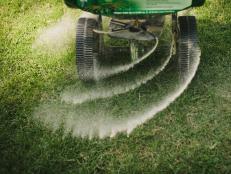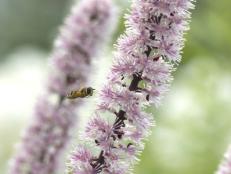1 / 14
Photo: iStock/billnoll
Turnip (Brassica rapa var. rapifera)
Cool temperatures are the secret to mild flavor in turnips. Plant this chubby veggie in early spring or late summer. Harvest young roots (2 inches across) for fresh eating in salads. Pick larger roots for storing (3- to 4-inch size). Don’t be quick to toss green tops of turnips on the compost pile. These leafy greens bring big nutrition to the dinner table. Eat them raw or cook them like greens. Let plants experience light frost for the sweetest roots.









